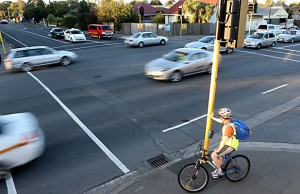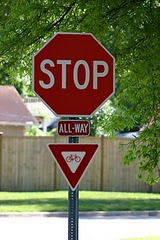There is an interesting article on StreetsBlog about mapping areas based on how far you can get using 50,000 Joules of energy. This is usually enough to allow the average person to cycle about 7kms on the flat, non-stop.

Obviously topography plays a big part in that equation but also factors like intersections will shorten the distance travelled using the same energy. Although hills were certainly an impediment, intersections or other obstacles which required cyclists to slow or stop were just as energy sapping.
It is an interesting way to assess the bike friendliness of an area and much fairer than looking at time. It also shows again the wisdom of the Dutch approach in doing everything possible to make cycle journeys as uninterrupted as possible. This is often achieved by making cycle journeys as direct as possible while also providing cycle only controls where intersections are unavoidable. In New Zealand, features such as allowing free left turns or Idaho Stops could help

Meanwhile, cars are often directed on the most circuitous and indirect route. After all, it is much easier to put your foot on an accelerator than to turn the pedals on a bicycle.
Of course, in New Zealand, the opposite usually happens. Cars are given the most direct (and often flat) route while cyclists are made to go the long way round.



